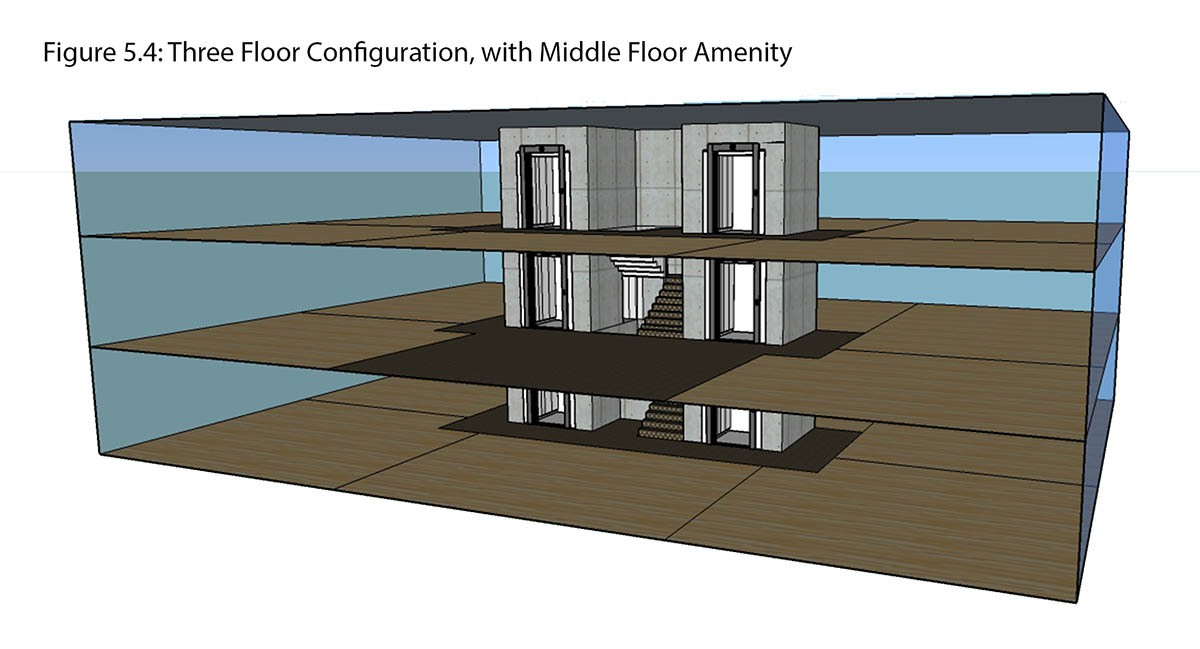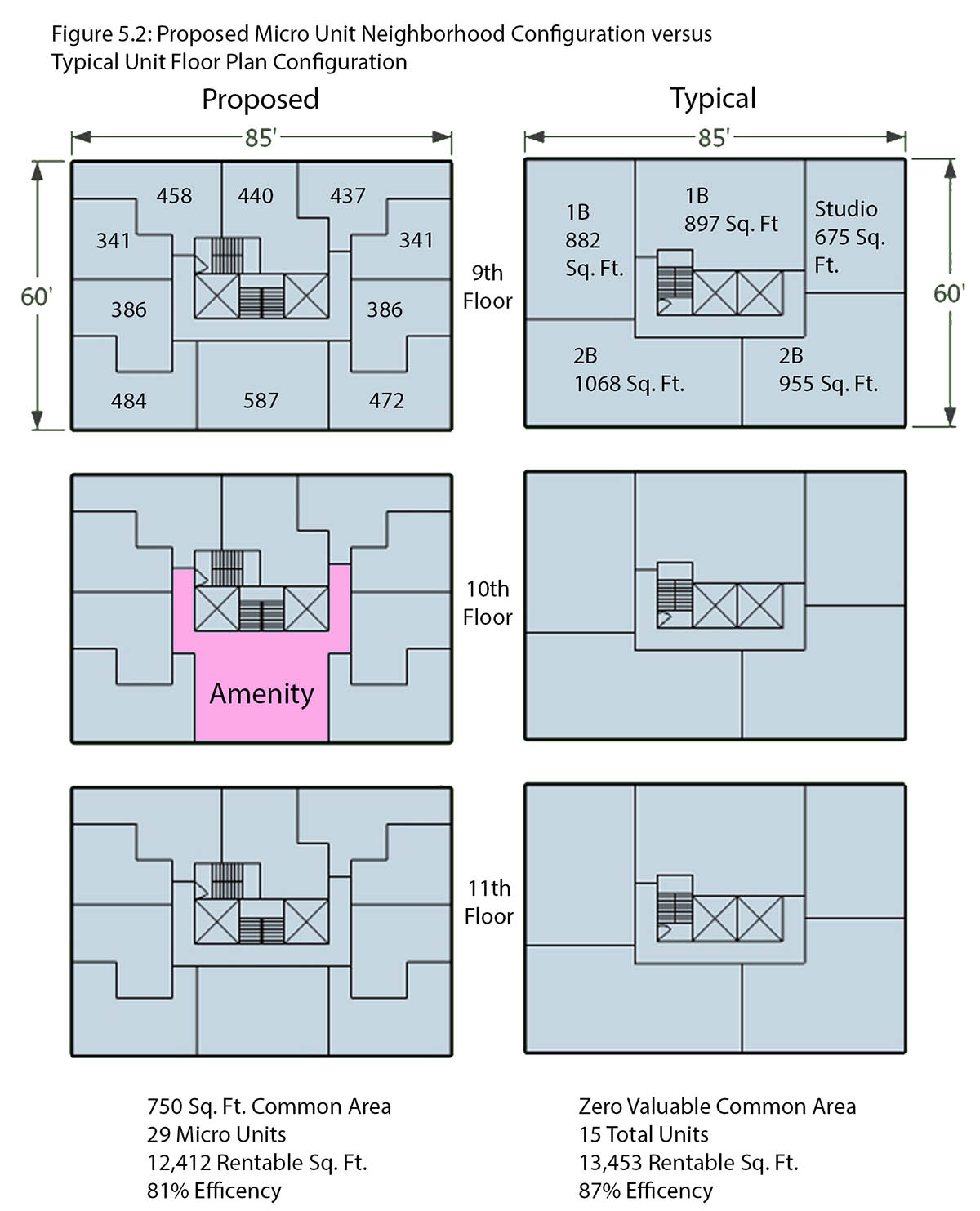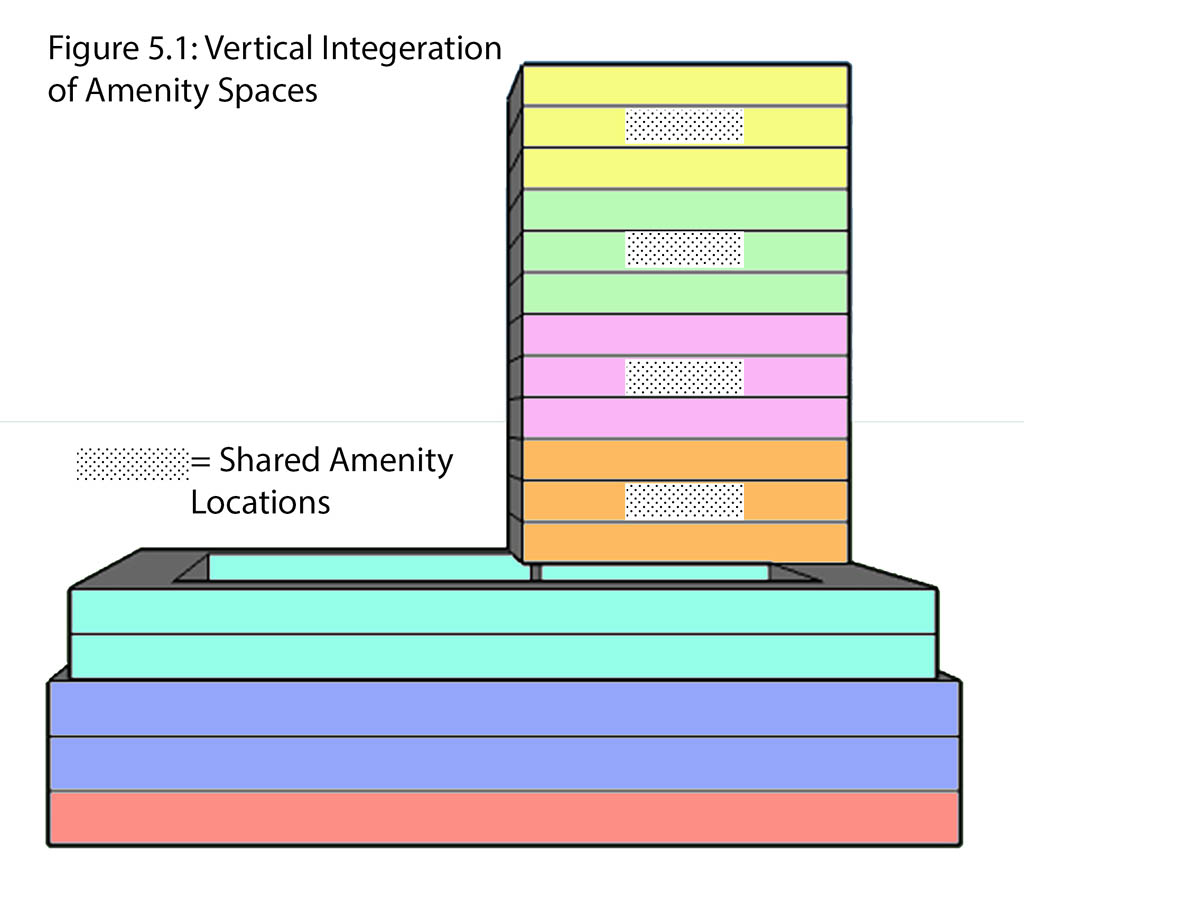Underutilized Strategies in the American Multifamily Sector: How Community, Branding, and Amenities Could Reshape the Residential Apartment Market

Kevin Michael Sievers (MDes ’17)
This research investigates three current industry trends in the multifamily sector:
- Creating a Sense of Community
- Expanding Amenity Space Provisions
- Branded Apartment Buildings
A detailed investigation into published literature on these subjects uncovers macro socioeconomic, generational, and urban environmental trends in the US that may be contributing to a growing consumer affinity for community. Key techniques are summarized from published works on the design of apartment building common areas, then applied to conceptual arrangements of amenity spaces, and tested for their impact on resident utilization.
Both qualitative and quantitative data are gathered primarily through direct survey distribution to residents of amenitized apartment communities in the United States, with a focus on major metropolitan locations on the East and West Coasts; 131 responses were collected. The financial merits of launching a branded, shared-living apartment community are examined and compared with investment returns of more conventional apartment models.
Overall findings suggest that residents desire a stronger sense of community, aren’t finding that sense of community where they live, and are willing to pay an 8.47% premium for the privilege. Generational, sex, income, and geographical deviations are explored throughout. Spatial arrangements and programming techniques are presented that increase the utilization of amenity spaces, stimulating socialization among residents. This research further suggests specific launch locations, amenity space ratios, and building typologies, informed by survey respondents, for its potential implementation. The paper concludes by identifying areas for future investigation.

